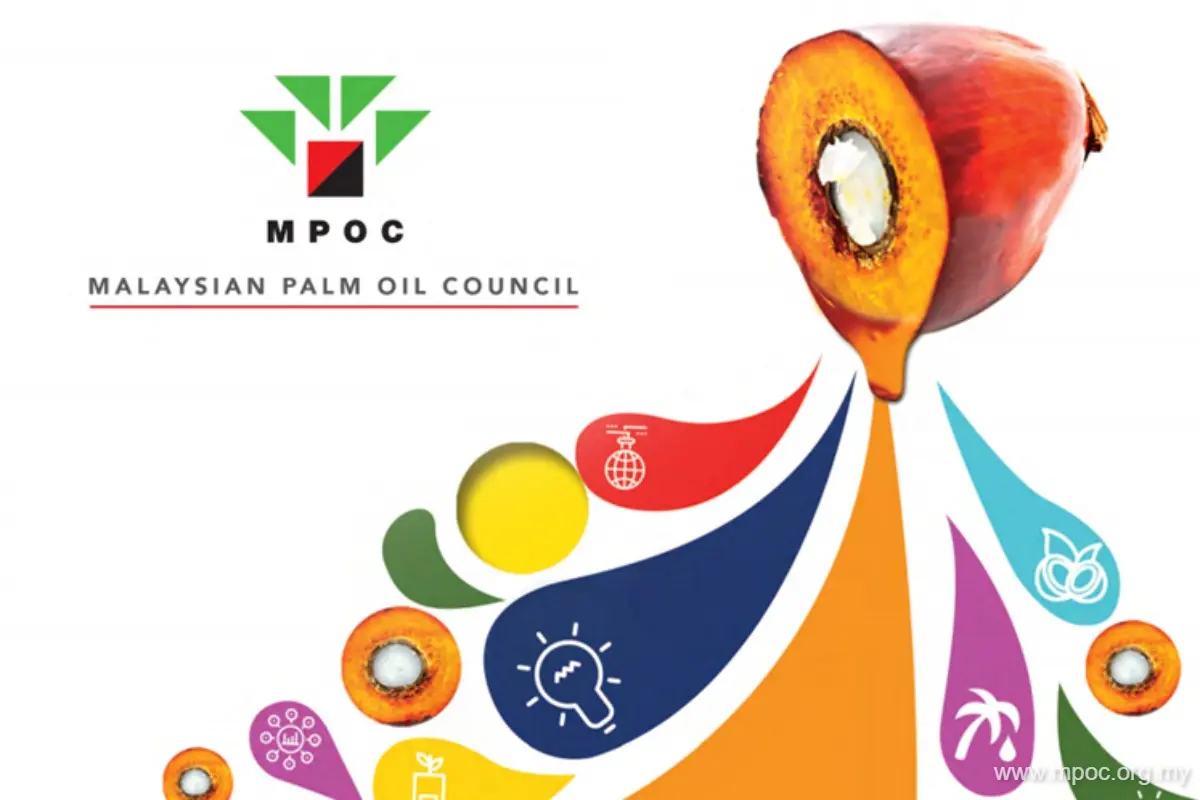Crude palm oil (CPO) prices are expected to remain well supported at RM4,100 to RM4,200 per tonne in December 2025, with potential to strengthen further towards RM4,500 per tonne, according to the Malaysian Palm Oil Council (MPOC).
In a statement on Thursday, MPOC said demand prospects look encouraging as major importing countries prepare for the upcoming Chinese New Year and Ramadan periods, both of which typically boost edible oil consumption. At the same time, ongoing policy uncertainties in Indonesia — the world’s largest palm oil producer — continue to provide an additional layer of price support.

“Market reports suggest that the Indonesian government may revise its export duty structure to ensure adequate domestic feedstock availability. Meanwhile, the timing of Indonesia’s move to raise its biodiesel mandate to B45 or B50 remains a major variable that will influence exportable supplies in 2026,” MPOC said.
Production at 10-year high
Malaysia’s palm oil output surged 11% to 203,000 tonnes in October — the highest monthly output in a decade. Sabah registered the strongest growth with a 19.5% month-on-month increase to 72,000 tonnes, followed by Sarawak, which recorded a 14.6% rise to 61,000 tonnes. Output in Peninsular Malaysia climbed 6.5% to 68,000 tonnes.
“The strong production in October was mainly driven by the delayed arrival of the monsoon season, better fertiliser application, and favourable rainfall patterns throughout 2024,” MPOC noted.
Exports climb sharply
Exports also performed strongly in October, increasing 18.6% or 265,000 tonnes to 1.69 million tonnes. Sub-Saharan Africa remained the largest contributor to export demand, hitting an all-time high of 577,000 tonnes — making up 34% of Malaysia’s total exports. Meanwhile, exports to China rose to a five-month high of 110,000 tonnes.
Despite the stronger export performance, Malaysia’s palm oil inventories climbed to 2.46 million tonnes in October, the highest level since April 2019.
“The rise in inventories was not driven by production or export trends, but rather by weaker domestic consumption levels,” MPOC explained.
Sharp rise in Malaysian imports from Indonesia
Between January and October 2025, Malaysia imported 708,000 tonnes of palm oil from Indonesia — a 266% increase compared with 193,000 tonnes in the same period last year. MPOC said the jump reflects market adjustments amid shifting price dynamics and supply flows within the region.
Global vegetable oil prices soften
On the international front, palm oil prices eased 4% in November as global stocks continued to build. Prices of competing soft oils — sunflower, soybean and rapeseed — were largely stable during the same period, widening the discount between palm oil and its substitutes.
“As of mid-November, palm oil was trading at a discount of US$120 (RM499) per tonne to sunflower oil, and at discounts of US$48 and US$34 to soybean oil and rapeseed oil respectively,” MPOC said.
The council expects this competitive pricing gap, combined with seasonal demand and supply moderation, to provide further support to CPO prices heading into early 2026.






